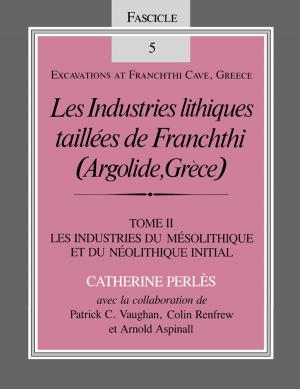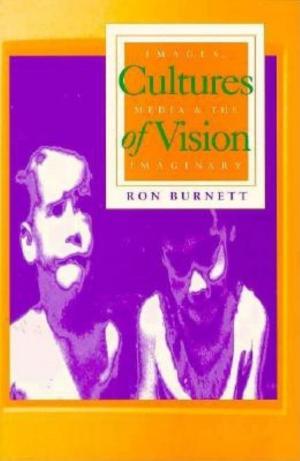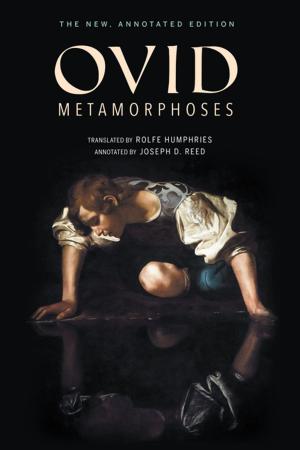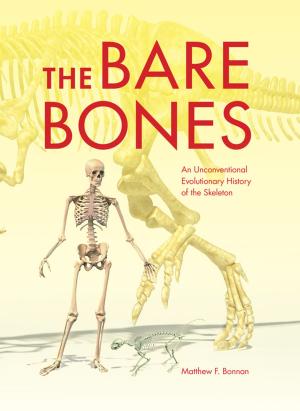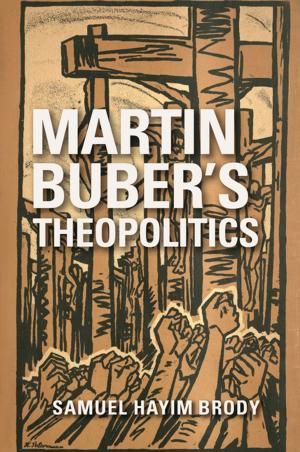Touching America's History
From the Pequot War through WWII
Nonfiction, History, Americas, United States| Author: | Meredith Mason Brown | ISBN: | 9780253008442 |
| Publisher: | Indiana University Press | Publication: | March 22, 2013 |
| Imprint: | Indiana University Press | Language: | English |
| Author: | Meredith Mason Brown |
| ISBN: | 9780253008442 |
| Publisher: | Indiana University Press |
| Publication: | March 22, 2013 |
| Imprint: | Indiana University Press |
| Language: | English |
Things you can see and touch can bring to mind the time when the items were made and used. In Touching America’s History, Meredith Mason Brown uses twenty objects to summon up major developments in America’s history. The objects range in date from a Pequot stone axe head probably made before the Pequot War in 1637, to the western novel Dwight Eisenhower was reading while waiting for the weather to clear so that the Normandy Invasion could begin, and to a piece of a toilet bowl found in the bombed-out wreckage of Hitler’s home in the Bavarian alps in 1945. Among the other historically evocative items are a Kentucky rifle carried by Col. John Floyd, killed by Indians in 1783; a letter from George Washington explaining why he will not be able to attend the Constitutional Convention; shavings from the scaffold on which John Brown was hanged; a pistol belonging to Gen. William Preston, in whose arms Gen. Albert Sidney Johnston bled to death after being shot at the Battle of Shiloh; and the records of a court-martial for the killing by an American officer of a Filipino captive during the Philippine War. Together, the objects call to mind nothing less than the birth, growth, and shaping of what is now America.
Things you can see and touch can bring to mind the time when the items were made and used. In Touching America’s History, Meredith Mason Brown uses twenty objects to summon up major developments in America’s history. The objects range in date from a Pequot stone axe head probably made before the Pequot War in 1637, to the western novel Dwight Eisenhower was reading while waiting for the weather to clear so that the Normandy Invasion could begin, and to a piece of a toilet bowl found in the bombed-out wreckage of Hitler’s home in the Bavarian alps in 1945. Among the other historically evocative items are a Kentucky rifle carried by Col. John Floyd, killed by Indians in 1783; a letter from George Washington explaining why he will not be able to attend the Constitutional Convention; shavings from the scaffold on which John Brown was hanged; a pistol belonging to Gen. William Preston, in whose arms Gen. Albert Sidney Johnston bled to death after being shot at the Battle of Shiloh; and the records of a court-martial for the killing by an American officer of a Filipino captive during the Philippine War. Together, the objects call to mind nothing less than the birth, growth, and shaping of what is now America.

